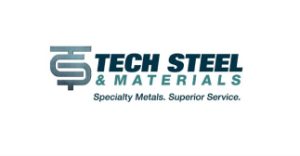Industrial Ovens and Furnaces for Annealing and Hardening Metals and Alloys

Heat treating metals and alloys generally requires processing at high temperatures for long periods of time, making energy efficiency a high priority.
Generally, heat treatment is done in order to change the physical properties of a metal, encompassing hardness, tensile strength, and toughness, mostly through a three-step process of heating, cooling, and reheating.
As a result, proper industrial ovens and furnaces must be utilized to ensure the process of annealing and hardening copper, steel, aluminum, and titanium parts is carried out correctly.
A conveyor oven processes everything from small staples or fasteners to large metal structural components that are trucked into a batch oven.
Industrial ovens and furnaces feature thick wall insulation, heavy-duty high temperature door gaskets and air that is recirculated through the heater box and back into the chamber, which translate to greater energy efficiency.
Exceptional temperature uniformity is achieved thanks to high velocity uniflow airflow, meaning the air moves both horizontally and vertically within the ovens.
This is key as metal is heated to an extremely high temperature, referred to as the critical temperature, where it remains for a period of time in order to ensure the properties of the metal are altered consistently throughout.
Quenching is done to control the rate at which the metal cools, which involves utilizing liquids or gases to cool the metal rapidly so that it retains some of the changes from the initial heating phase.
Finally, tempering is carried out to relieve the stresses from the heating and quenching processes, ultimately increasing the toughness and ductility of the metal while retaining sufficient hardness and strength.
At the end of the day, industrial ovens and furnaces are built to withstand the rigors of industrial metal manufacturing with sturdy, welded, double wall construction.



 Tech Steel & Materials
Tech Steel & Materials